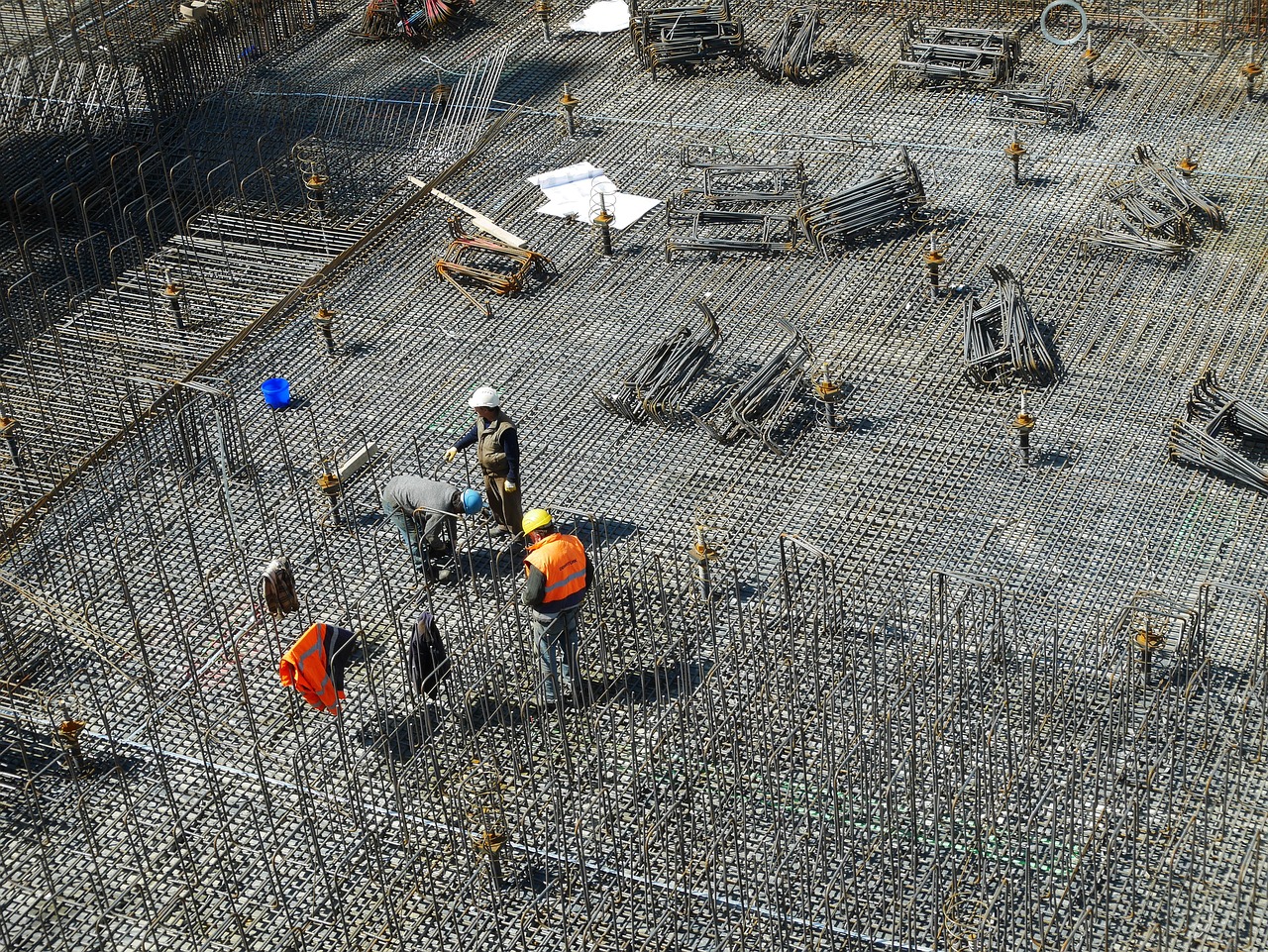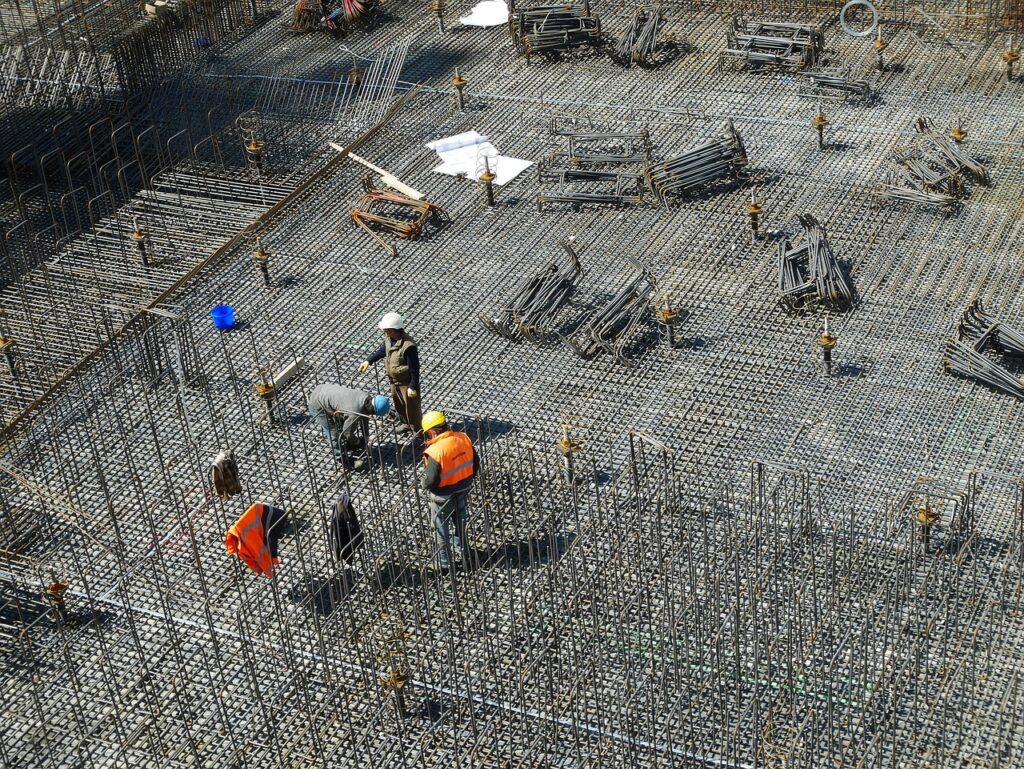
How Green Building Is Shaping Modern Construction
Are you curious about how green building practices are revolutionizing modern construction? Look no further! In this article, we will explore how the concept of sustainability is shaping the way we build our homes, offices, and other structures.
By incorporating sustainable materials, energy-efficient design strategies, and water conservation techniques, green building is paving the way for a more environmentally friendly and sustainable future.
From using renewable resources like bamboo and recycled materials to adopting innovative technologies, such as solar panels and green roofs, the construction industry is embracing greener alternatives.
Not only does green building reduce our carbon footprint, but it also enhances indoor environmental quality, ensuring healthier and more comfortable living and working spaces.
So, join us as we delve into the world of green building and discover the myriad benefits it holds for the present and future of construction.
Sustainable Materials in Construction
You can’t underestimate the impact of using sustainable materials in construction. They not only reduce environmental harm, but also contribute to a healthier and more efficient building. Incorporating materials like recycled steel, bamboo, reclaimed wood, and low VOC paints can significantly lower the carbon footprint of a construction project.
Recycled steel reduces the need for mining and the associated energy consumption, while bamboo grows quickly and is highly renewable. Reclaimed wood not only prevents unnecessary deforestation but also adds character and uniqueness to a building. Low VOC paints contain fewer harmful chemicals, improving indoor air quality.
These sustainable materials not only benefit the environment, but they also create a more comfortable and healthier living or working space for the occupants. So next time you embark on a construction project, make sure to prioritize sustainable materials for a greener future.
Energy-Efficient Design Strategies
Start by considering energy-efficient design strategies for your next construction project. Incorporating these strategies can help reduce energy consumption and lower utility costs, while also minimizing the environmental impact of the building.
One effective strategy is to optimize the building’s orientation and layout to maximize natural light and ventilation. This can be achieved by strategically placing windows and using skylights or light shelves to bring in more daylight.
Additionally, using high-performance insulation materials and sealing air leaks can improve the building’s thermal efficiency. Another important aspect is the installation of energy-efficient lighting and appliances, as well as the use of renewable energy sources, such as solar panels or geothermal systems.
Implementing these design strategies not only benefits the environment but also creates a healthier and more comfortable living or working environment for occupants.
Water Conservation and Management
Consider incorporating water conservation strategies into your construction project, such as implementing low-flow fixtures and rainwater harvesting systems, to visually demonstrate your commitment to sustainable practices.
By using low-flow fixtures, you can significantly reduce water consumption without sacrificing performance. These fixtures, such as low-flow toilets and showerheads, limit water flow while maintaining functionality.
Additionally, rainwater harvesting systems allow you to collect and store rainwater for non-potable uses such as irrigation or toilet flushing. This not only reduces the demand for freshwater but also helps mitigate stormwater runoff.

Furthermore, implementing water-efficient landscaping techniques, such as using native plants and employing drip irrigation, can further reduce water usage.
By incorporating these water conservation strategies, you can contribute to the overall sustainability of your construction project and promote a greener future.
Indoor Environmental Quality
Enhance the comfort and well-being of occupants by ensuring good indoor air quality through proper ventilation and the use of low-emitting materials.
Indoor environmental quality is a crucial aspect of green building that focuses on creating a healthy and pleasant indoor space.
Adequate ventilation helps to remove pollutants and maintain a fresh supply of air, reducing the risk of health issues such as respiratory problems.
Green buildings prioritize the use of low-emitting materials, which release fewer harmful chemicals into the air, ensuring a safer environment for occupants.
Additionally, incorporating natural light and views of the outdoors improves the overall ambiance and reduces the reliance on artificial lighting, leading to energy savings.
By prioritizing indoor environmental quality, green building practices contribute to a healthier and more comfortable living and working environment.
Benefits of Green Building for the Future
Imagine a future where our homes and workplaces are designed with your well-being in mind, creating a healthier and more sustainable environment for you and future generations. Green building practices are leading the way towards this vision, offering a range of benefits that will shape the future of construction.
Firstly, green buildings prioritize energy efficiency, reducing the reliance on fossil fuels and decreasing carbon emissions. This not only helps combat climate change but also lowers energy costs for occupants.
Secondly, green buildings prioritize water efficiency, conserving this precious resource through technologies like rainwater harvesting and low-flow fixtures.
Thirdly, green buildings promote better indoor air quality, using sustainable materials and proper ventilation systems to reduce exposure to harmful pollutants.
Lastly, green buildings enhance the overall quality of life, providing spaces that are comfortable, well-lit, and promote physical and mental well-being.
By embracing green building, we can create a brighter and more sustainable future for all.
Conclusion
So, as you can see, green building is revolutionizing modern construction in various ways. From using sustainable materials to implementing energy-efficient design strategies, the industry is making significant progress towards a more environmentally friendly future.
Water conservation and indoor environmental quality are also key aspects that are being prioritized. By embracing green building practices, we can create buildings that are not only efficient and cost-effective but also contribute to a healthier and more sustainable planet.
So, why wait? Start incorporating green building principles into your construction projects today!

Comments (0)